A Troubling Revelation: The Pokémon Company Apologizes for Plagiarized Artwork in TCG Pocket
Popular Now
 Schedule I
Schedule I
 Genshin Impact
Genshin Impact
 Minecraft
Minecraft
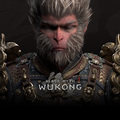 Black Myth: Wukong
Black Myth: Wukong
 Among Us
Among Us
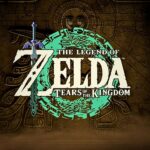 The Legend of Zelda
The Legend of Zelda
 Brawl Stars
Brawl Stars
 NBA 2K24
NBA 2K24
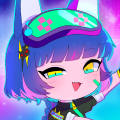 Gacha Club
Gacha Club
 Warframe
Warframe 
The Pokémon Trading Card Game is an empire built on the work of countless artists, with each new set celebrating the vibrant and unique styles that bring the world of Pokémon to life. It is in this context that a recent, and deeply troubling, discovery has been made. Shortly before the launch of the latest Pokémon TCG Pocket expansion, “Wisdom of Sea and Sky,” fans noticed that a key piece of “Immersive” art for the Legendary Pokémon Ho-Oh appeared to be a direct trace of a fan’s art from 2021. The discovery quickly sparked outrage across social media, leading to a swift and rare public apology from The Pokémon Company, which has also launched a “broader investigation” into the matter.
 “Incorrect Reference Materials”
“Incorrect Reference Materials”
The controversy began when a Chinese fan artist, known as lanjiujiu, noticed a striking similarity between their 2021 piece of Ho-Oh art and the recently datamined card. A side-by-side comparison showed that the pose, the shape of the wings, and even the individual feathers were nearly identical. The community immediately cried foul, with many speculating that the official artist had simply traced the fan art without permission or credit. This led to a wave of criticism directed at the artist, SIE NANAHARA, a highly respected illustrator known for their work on both the Pokémon TCG and Magic: The Gathering.
In a surprising and refreshingly transparent move, The Pokémon Company issued a statement that took full responsibility for the error. The company explained that the illustrator was not to blame. Instead, the card production team had provided “incorrect reference materials as official documents to the illustrator commissioned to create these cards.” In other words, an internal team had used fan art as a reference and presented it as official, in-house concept art to the artist. This monumental gaffe has not only embarrassed one of the world’s largest entertainment companies but has also brought to light a serious flaw in their quality control and production process. The official statement from The Pokémon Company also read, “To all our players who have been looking forward to this expansion, and to the talented illustrators who bring the Pokémon world to life, we deeply apologize for any inconvenience this has caused.”
 The Aftermath: Blank Cards and a “Broader Investigation”
The Aftermath: Blank Cards and a “Broader Investigation”
In response to the controversy, The Pokémon Company took immediate action, pulling both the Ho-Oh ex and Lugia ex Immersive cards from the game. (The Lugia card was also removed because its immersive animation featured the Ho-Oh artwork.) For a time, players who pulled these rare cards from their packs were met with a blank, placeholder image that simply said “New Art Coming Soon.” This was a bold and dramatic move that showed the company was taking the issue seriously, even if it meant disrupting the launch of a highly anticipated expansion. Within a week, new artwork was created and released for the cards, once again credited to the artist, SIE NANAHARA, which served as a powerful gesture of support for the illustrator who had been unfairly caught in the middle of a corporate blunder.
The company also stated that it is “conducting a broader investigation to ensure no similar issues exist elsewhere in the game.” This suggests that the company is taking a deep, internal look at its asset management and production pipelines, a necessary step to prevent such a mistake from happening again. For many fans, the incident is a clear sign that, despite the massive size and success of the franchise, there are still major communication and organizational failures happening behind the scenes. It also serves as a powerful reminder of the delicate and often uncredited relationship between fan artists and the major companies whose intellectual property they celebrate.
Conclusion: A Needed Apology and a Warning
The Pokémon Company’s apology for the plagiarized artwork is a crucial moment for the company and the community. By taking responsibility and exonerating the illustrator, they have earned a degree of goodwill and demonstrated that they are listening to their fans. However, the incident also serves as a powerful warning. The fact that a piece of fan art could be mistaken for official company material and then provided as a reference for a major product release is a shocking testament to the growing, and often chaotic, nature of content creation in the digital age. While the immediate issue has been resolved, the “broader investigation” is a welcome but necessary step. It is a sign that, even at the highest levels of the industry, a greater vigilance is needed to protect the integrity of the art and the artists who create it.

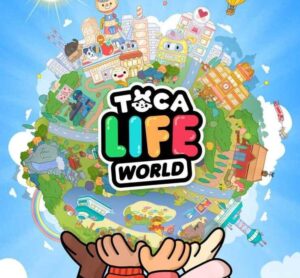
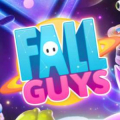






 “Incorrect Reference Materials”
“Incorrect Reference Materials” The Aftermath: Blank Cards and a “Broader Investigation”
The Aftermath: Blank Cards and a “Broader Investigation”